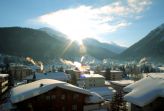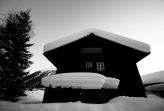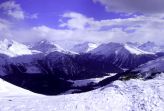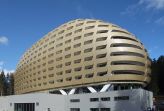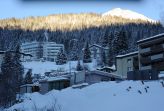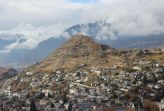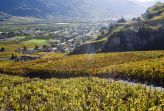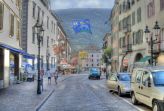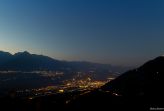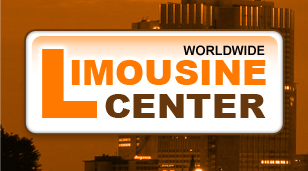
|
|
Private transfer service in Davos from Limousine Center Switzerland
GET THE BEST OFFER EASILY
FREE!Multiple offers, directly from our local Partners!
- Limousine Center
- ›
- Davos transfer
- ›
- Private transfer Davos to Sion
Transfer from Davos to Sion
Private transfer service from Davos.
Do you like the feeling of comfort? We are too! So this is why we are created the Limousine Center. If you would like to travel in the most comfortable way we are here for you! And our more than 6,000 reliable partners are waiting for your request in more than 2,500 cities.
Get the best Limousine in Davos with our help! You just have to fill out the form on the left side and the companies will send you their offers!

If you travel a lot don't waste your time with searching for local chauffeuer services with Limousine.
Fill out the form with the necessary information and get the greatest offers from Davos.
Have you tried our Limousine in Davos? Discover the uninterrupted personalized services through Limousine Center.
The database of Limousine Center is in you pocket! Download the Limousine Center's app from the Play Store for any Android smartphone. Easy and free to use!
Our customers said
 |
Marilyn Rifkin from New York, USA: Your online service was very helpful. Thank you. |
 |
Andrej Leontiev from Slovakia: It was very helpful! |
| Davos |
| Davos is a municipality in the district of Prättigau/Davos in the canton of Graubünden, Switzerland. It has a permanent population of 11,166 (2010). Davos is located on the Landwasser River, in the Swiss Alps, between the Plessur and Albula Range. At 1,560 m (5,120 ft), it is the highest city in Europe. Davos is host to the World Economic Forum (WEF), an annual meeting of global political and business elites (often referred to simply as Davos) and the home of one of Switzerland's biggest ski resorts. At the end of every year it serves as the site of the annual Spengler Cup ice hockey tournament, hosted by the HC Davos local hockey team. The current settlement of the Davos area started back in High Middle Ages with the immigration of Rhaeto-Romans. The village of Davos is first mentioned in 1213 as Tavaus. From about 1280 the barons of Vaz allowed German-speaking Walser colonists to settle down, and conceded them extensive self-administration rights, causing Davos to become the largest Walser settlement area in eastern Switzerland. Natives still speak a dialect that is atypical for Graubünden, showing similarities with German idioms of western parts of Switzerland, especially the Upper Valais. |
 |  |  |  |  |  |  | |||||||
| Weather | WikiPedia | TripAdvisor | Web | Hotels | Map | Pictures |
This article uses briefed material from the Wikipedia article Davos, which is released under the Creative Commons Attribution-Share-Alike License 3.0, just as this article about the city.
| Sion |
| Sion is the capital of the Swiss canton of Valais. As of December 2010 it had a population of 30,363. Landmarks include the Basilique de Valère and Château de Tourbillon. Sion has an airfield for civilian and military use and which serves as a base for countless life-saving air rescue missions. FC Sion is the local football team. They currently compete in the Swiss Super League. Sion is one of the most important pre-historic sites in Europe. The alluvial fan of Sionne, the rocky slopes above the river and, to a lesser extent, Valeria and Tourbillon hills have been settled nearly continuously since antiquity. The oldest trace of human settlement comes from 6200 BC during the late Mesolithic. Around 5800 BC early Neolithic farmers from the Mediterranean settled in Sion. The settlements remained small until about 4500 BC, during the middle Neolithic, when the number of settlements increased sharply. To support the population increase, farming and grazing spread throughout the valley. They also began burying their dead in Chablandes-type stone burial cists with engraved anthropomorphic stelae. The individual graves changed at the beginning of the third Millennium BC in large, dry stone wall communal tombs (such as the Dolmen of Le Petit-Chasseur). During the Beaker culture period in the second half of the third Millennium, dolmens were built once again, but they were smaller and had no podium. Stelae continued to be carved, though these were rich with geometric patterns and sometimes built out of old dolmen. At the beginning of the Early Bronze Age (around 2300 BC) the last stelae were erected. |
 |  |  |  |  |  |  |  | ||||||||
| Sion Weather | Sion WikiPedia | Sion TripAdvisor | Sion Web | Sion Airport | Sion Hotels | Sion Map | Sion Pictures |
This article uses briefed material from the Wikipedia article Sion, Switzerland, which is released under the Creative Commons Attribution-Share-Alike License 3.0, just as this article about the city.




